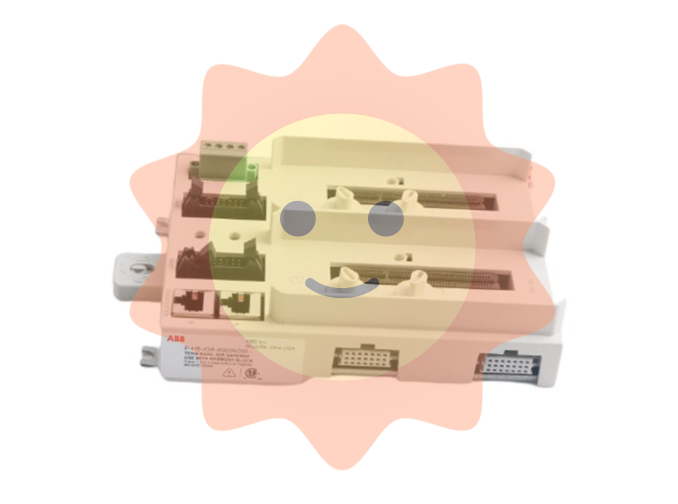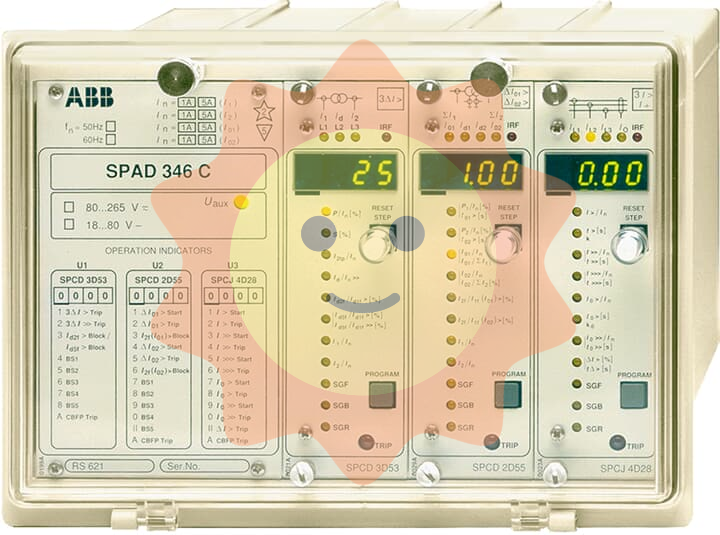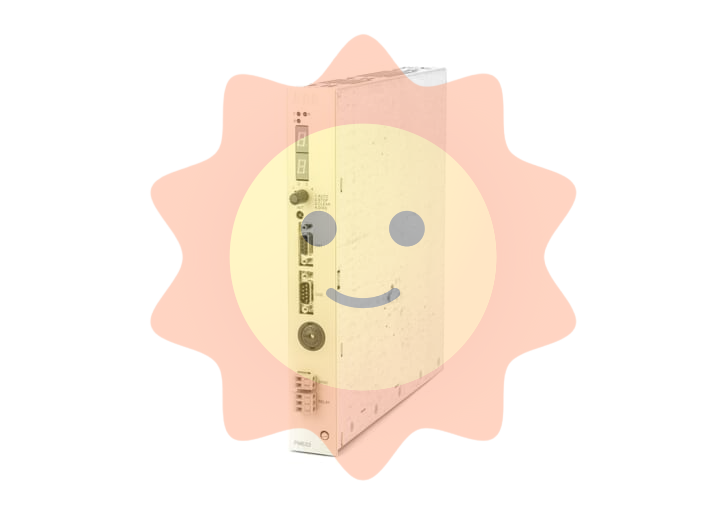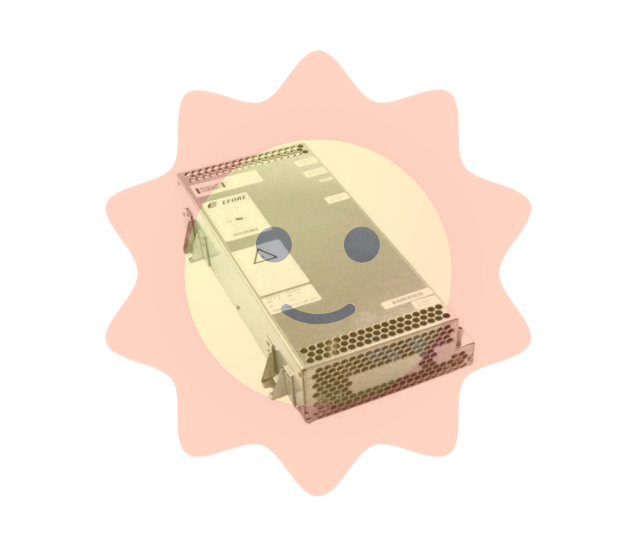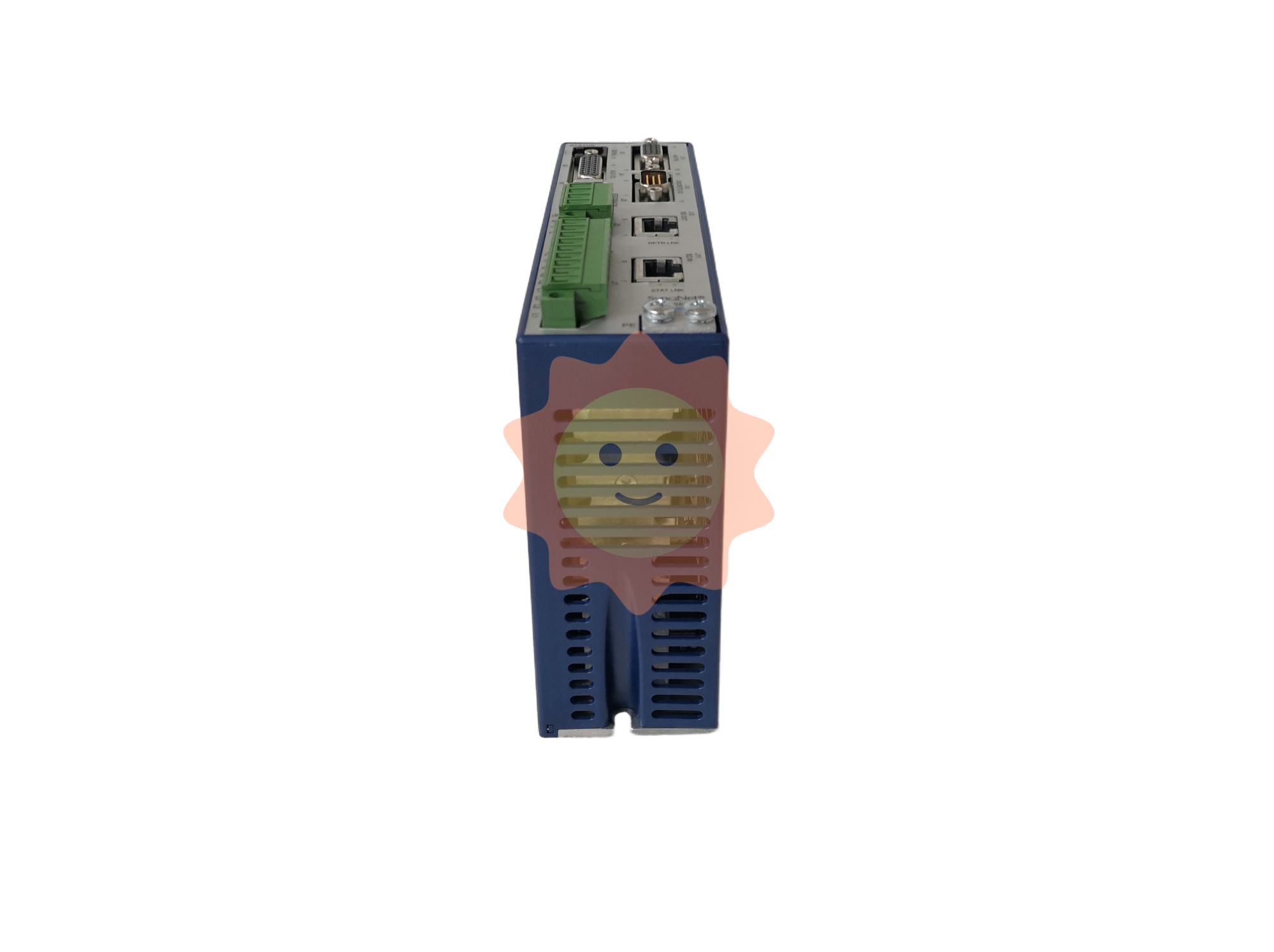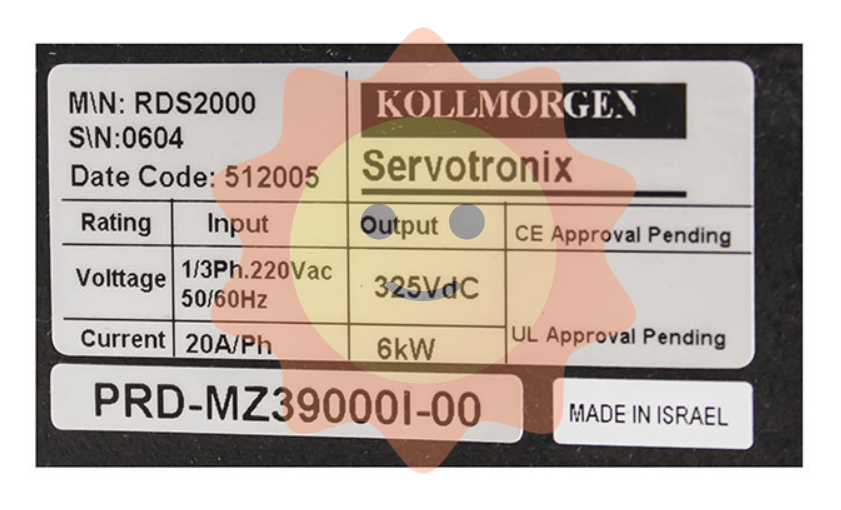The export of fertilizer is restricted by the inspection of commodity inspection and reform law, and the price difference at home and abroad may converge in the future with the liberalization of export policies

Deepen the reform of the supply side of the phosphorus chemical industry, and the competition pattern of the industry continues to improve. In 2016, the annual output of monoammonium phosphate in China was 23.349 million tons, double the output in 2011. However, with the implementation of the supply-side reform of the industry since then, and the gradual deepening of the three phosphorus treatment after 2019, the withdrawal of small and medium-sized enterprises has increased. In 2021, the domestic monoammonium phosphate production was 12.427 million tons, down 46.8% from 2016, and the effective production capacity was also reduced from 26.8 million tons in 2016 to 18.46 million tons in 2021. In terms of diammonium phosphate, in 2016, the national production of diammonium phosphate reached 17.526 million tons, and by 2021, the domestic production of diammonium phosphate has dropped to 13.544 million tons, while the production capacity continues to clear.
3. In the medium and long term, global potash will maintain oligopoly
The high concentration of potassium salt resources determines the distribution of potash fertilizer production capacity. According to USGS statistics, the world's proven potash salt (K2O) resources are about 250 billion tons, and proved reserves (K2O) are about 3.7 billion tons. Among them, Canada, Russia and Belarus are the three countries with the highest reserves of potash salt resources in the world, accounting for about 66% of the total reserves of potash salt resources in the world, of which Russia, Canada and Belarus accounted for 29.7%, 20.3% and 16.2% respectively, and China only accounted for 9.5%.

Potash production capacity is divided into three major alliances. Under the background of the high concentration of potash resources, the global potash industry has formed an oligopolistic industrial pattern. Before 2013, the international potash fertilizer was divided into three major alliances: (1) BPC (Belarusian Potash, Uralkali potash industry alliance); (2) Canpotex (an industrial alliance composed of Potash, Legg Mason and Jiayang); (3) The alliance between the ICL of Israel and the APC of Jordan. Among them, Canpotex and BPC control the global pricing right, forming an oligopoly pattern. After Uralkali withdrew from BPC in 2013 on the ground that Belarusian Potash violated the alliance sales agreement, the international potash pricing model was reshuffled, the oligarch sales strategy changed from "price first" to "share first", and the potash price fell sharply and entered a long-term downturn. At present, the international potash market is still monopolized by a few dominant enterprises, and the capacity of the world's top seven overseas potash production enterprises accounts for as high as 83%.
The regional mismatch of potash fertilizer supply and demand is obvious. On the supply side, Canada is the largest potash producer, accounting for 30.5 per cent of global production, followed by Russia and Belarus. In terms of exports, Canada accounts for 41 per cent, while Russia and Belarus together account for about 40 per cent. From the demand side, the main consumers of potash are China, Brazil, the United States and India, among which China is the largest consumer of potash, accounting for about 25% of the global total; This is followed by Brazil (18%) and the United States (13%).

In the medium and long term, the resource attributes determine that potash will still maintain an oligopoly, and the oligopoly's strategy may change from "share first" to "price first" under high prices. According to IFA statistics, the annual output and annual capacity of global potash fertilizer in 2020 will be 42.7 million tons and 62.55 million tons (K2O) respectively, and about 46 million tons and 64.2 million tons respectively in 2021. IFA expects annual global potash production capacity to reach 68.9 million tons by 2025, up 4.7 million tons from 2021. Due to the strong properties of potash resources, the industry will still maintain an oligopoly situation in the future. Combined with the current high global potash prices and the low prices in the past many years, we believe that the oligarch's competitive strategy will be switched from "share first" to "price first", and the industry supply and demand pattern will remain stable under the demands and "tacit understanding" of oligarchs to ensure the maximization of interests.
- EMERSON
- Honeywell
- CTI
- Rolls-Royce
- General Electric
- Woodward
- Yaskawa
- xYCOM
- Motorola
- Siemens
- Rockwell
- ABB
- B&R
- HIMA
- Construction site
- electricity
- Automobile market
- PLC
- DCS
- Motor drivers
- VSD
- Implications
- cement
- CO2
- CEM
- methane
- Artificial intelligence
- Titanic
- Solar energy
- Hydrogen fuel cell
- Hydrogen and fuel cells
- Hydrogen and oxygen fuel cells
- tyre
- Chemical fiber
- dynamo
- corpuscle
- Pulp and paper
- printing
- fossil
- FANUC
- Food and beverage
- Life science
- Sewage treatment
- Personal care
- electricity
- boats
- infrastructure
- Automobile industry
- metallurgy
- Nuclear power generation
- Geothermal power generation
- Water and wastewater
- Infrastructure construction
- Mine hazard
- steel
- papermaking
- Natural gas industry
- Infrastructure construction
- Power and energy
- Rubber and plastic
- Renewable energy
- pharmacy
- mining
- Plastic industry
- Schneider
- Kongsberg
- NI
- Wind energy
- International petroleum
- International new energy network
- gas
- WATLOW
- ProSoft
- SEW
- wind
- ADVANCED
- Reliance
- YOKOGAWA
- TRICONEX
- FOXBORO
- METSO
- MAN
- Advantest
- ADVANCED
- ALSTOM
- Control Wave
- AB
- AMAT
- STUDER
- KONGSBERG
- MOTOROLA
- DANAHER MOTION
- Bently
- Galil
- EATON
- MOLEX
- Triconex
- DEIF
- B&W
- ZYGO
- Aerotech
- DANFOSS
- KOLLMORGEN
- Beijer
- Endress+Hauser
- MOOG
- KB
- Moxa
- Rexroth


Email:wang@kongjiangauto.com












